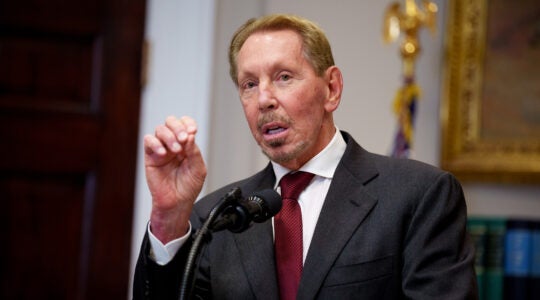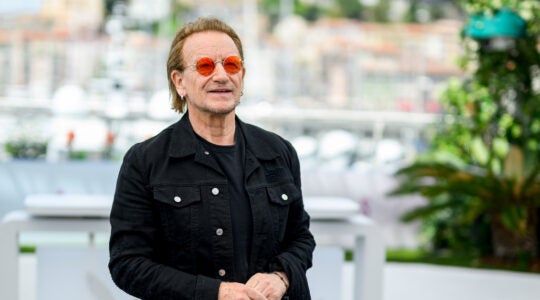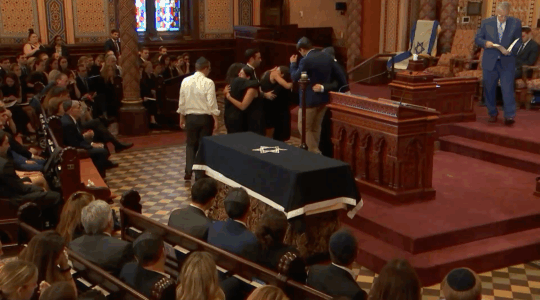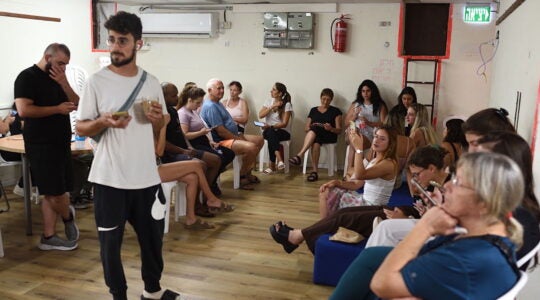BUDAPEST, May 2 (JTA) — Before the Holocaust, Serbia served as a European crossroads, and its Jewish population, with a mix of Sephardim and Ashkenazim, reflected this fact. Belgrade’s community swelled to nearly 11,000 in the 1930s — around 5 percent of them refugees from Germany, Austria and Czechoslovakia. Serbia’s Jews were always tied to its cities. Indeed, in a country where 40 percent of the population lived in small villages or on farms, more than 70 percent of the Jews lived in major cities. Jews gravitated toward the professions in Serbia and made up a large percentage of Belgrade’s intellectual elite. During World War II, Yugoslavia was quickly overrun by the Germans. Croatia became a Nazi puppet state, set up its own concentration camps and killed a great many Jews as well as Serbs. The vast majority of Serbia’s Jews were killed by Germans, who found no friends in the Serb government of Gen. Milan Nedic. After the Holocaust, 15,000 Jews were left in all of Yugoslavia from a prewar total of 76,000. Many who survived left after the establishment of Marshal Tito’s one-party state, leaving some 6,500. The community was not particularly religious, but after the 1967 Six-Day War, many younger Jews reclaimed their Jewish connections and communities. When Yugoslavia disintegrated into war in the 1990s, the Jewish communities in the successor states remained in contact as best they could. Serbia’s Jewish community long had a reputation for generosity — having helped German Jews in the 1930s and Sarajevo’s Jews in the 1990s — and worked hard to stay out of politics.
JTA has documented Jewish history in real-time for over a century. Keep our journalism strong by joining us in supporting independent, award-winning reporting.





